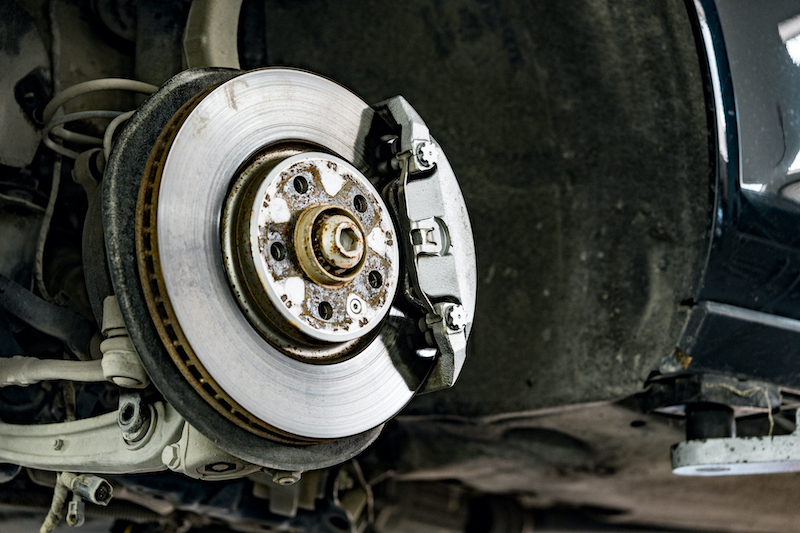How to Repair Car Electrical Systems: A Guide
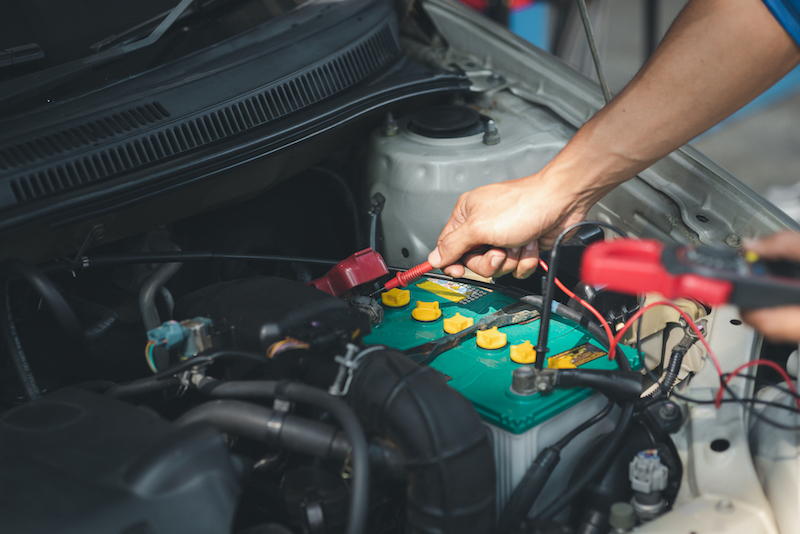
When it comes to car maintenance, understanding and troubleshooting electrical issues is a fundamental skill. Repairing your car’s electrical system can seem daunting, but with the right knowledge and approach, it can be an empowering experience.
In this blog, we’ll simplify the complexities of car electrical systems. Whether you’re a seasoned car enthusiast or a novice looking to delve into the intricacies of your vehicle, we’ve got you covered.
From understanding the warning lights to tackling wiring problems and deciphering complex circuits, we’ll help you navigate the maze of car components confidently, ensuring your car runs smoothly. We’ll offer step-by-step insights, safety tips and troubleshooting techniques, so you can successfully revive your vehicle’s electrical health.
Let’s begin!
1. Diagnosing Electrical Issues
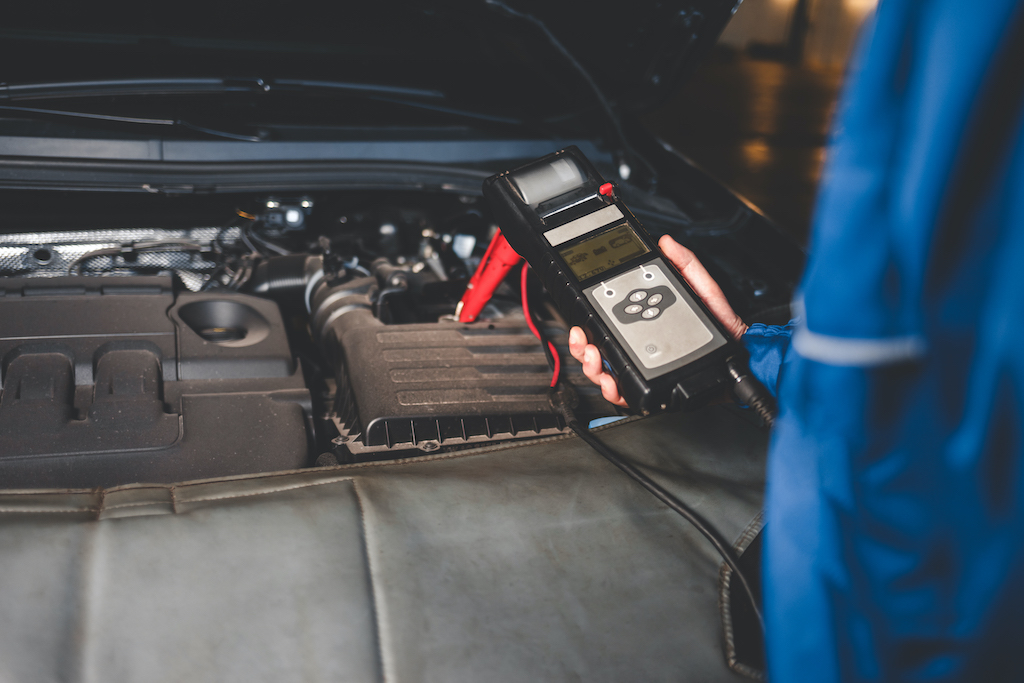
Before you begin repairing your car’s electrical systems, you need to accurately diagnose the electrical issues. Start by observing symptoms like dimming lights, non-functioning accessories, or a sluggish engine.
Begin the diagnostic process by checking the simplest components, which include the battery terminals and other connections. You can use a multimeter to measure voltage levels and assess the battery’s health. Proceed systematically by inspecting fuses and wiring harnesses. Look for any signs of wear, corrosion or damage.
This is where a methodical approach is crucial as it allows you to rule out each possibility step by step. Understanding these basics lays the foundation for successful repairs, enabling you to pinpoint issues accurately and find targeted solutions.
Want to ensure a smooth and efficient repair process? Our car parts can help.
2. Tools of the Trade
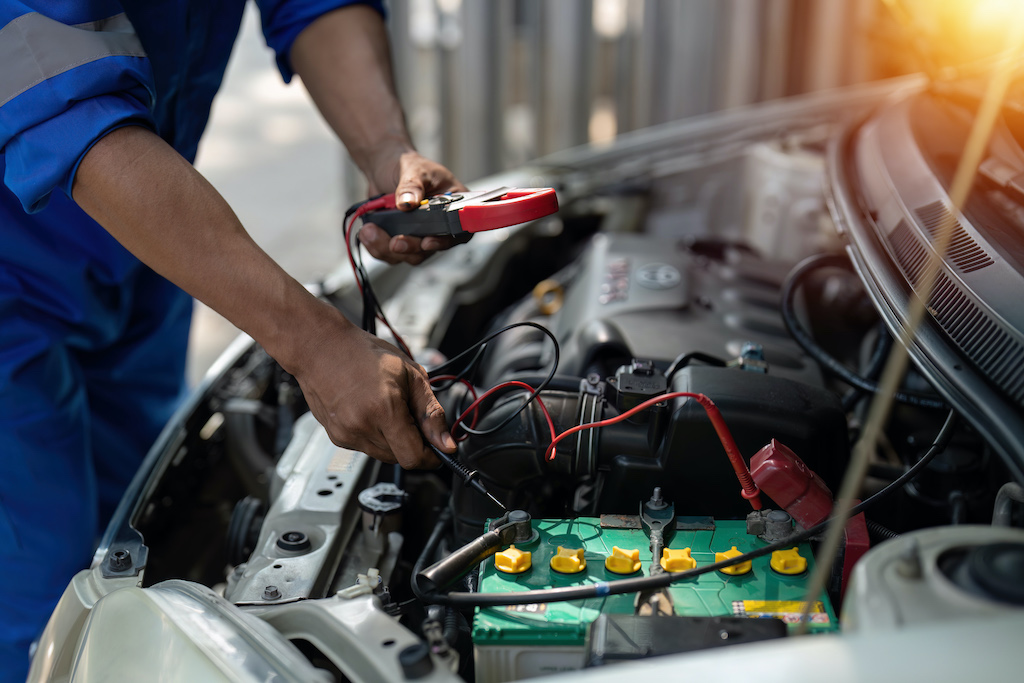
To conduct efficient electrical repairs, you will need a few essential tools. The first main tool is a multimeter, which serves as the diagnostic backbone, measuring voltage, resistance and continuity.
You’ll also need wire strippers, which guarantee precise insulation removal without damaging the wires, and circuit testers to confirm power flow. Moreover, don’t forget to put on your insulated gloves and safety goggles to ensure protection while handling these electrical components.
Needle-nose pliers can also aid in intricate tasks, and a soldering iron assists in securing connections. Additionally, high-quality electrical tape and a wire crimper complete the toolkit, ensuring reliable fixes. These tools, when wielded with knowledge and care, elevate your ability to diagnose, troubleshoot and fix intricate car electrical systems, making them indispensable assets in your repair arsenal.
3. Battery Maintenance and Troubleshooting
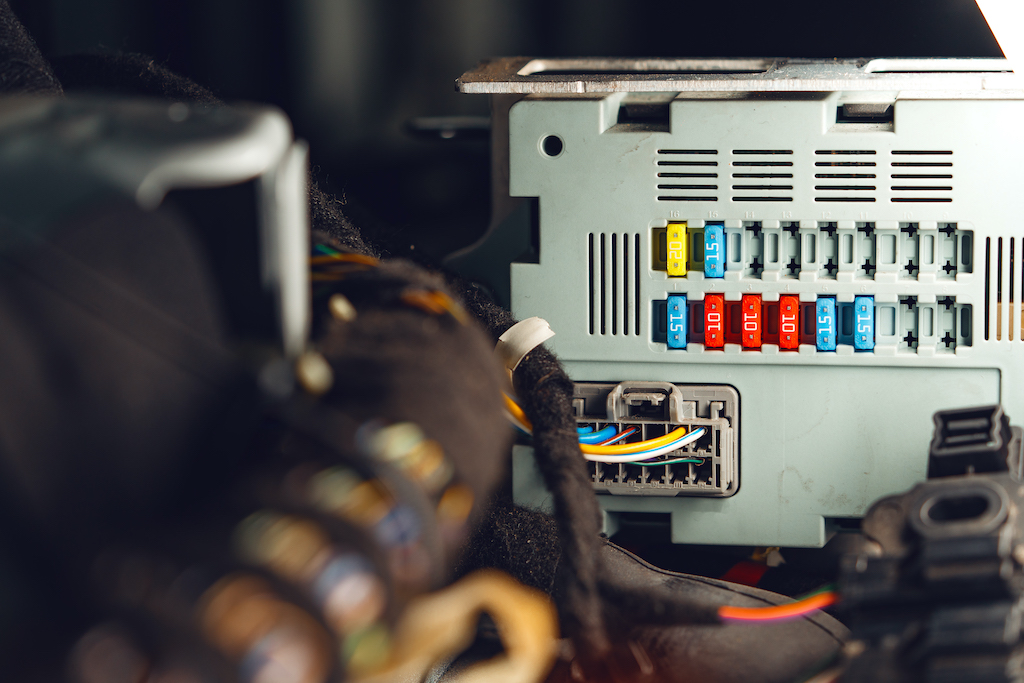
A well-maintained battery is the central component of your car’s electrical system and the power source of your vehicle. Regular upkeep of your car’s battery involves cleaning the terminals, ensuring secure connections, and checking the fluid levels.
Voltage checks with a multimeter reveal its health, while a load test determines its capacity. Troubleshooting common battery-related issues, such as slow cranking, a drained battery, or the need for frequent jump-starts, involves identifying corrosion or internal damage.
By addressing these issues, you can promptly extend the battery life and prevent unexpected breakdowns. Understanding its pivotal role and implementing routine maintenance fosters reliability, ensuring that your car’s electrical system remains robust, dependable, and ready for your travels.
4. Dealing with Wiring and Fuses

Wiring and fuses form the intricate nervous system of a vehicle, dictating its functionality. Through visual inspections and continuity tests, you can identify wiring issues, such as wear, damage or loose connections.
By skillfully replacing faulty fuses and repairing damaged wiring, you’ll be able to ensure seamless power distribution within your car’s electrical system. Properly functioning wiring can safeguard your car against shorts and electrical failures.
Understanding this crucial system, navigating its pathways, and promptly addressing any anomalies guarantees a reliable and safe electrical network within your vehicle, enabling smooth operations and mitigating potential hazards on the road.
5. Advanced Repairs
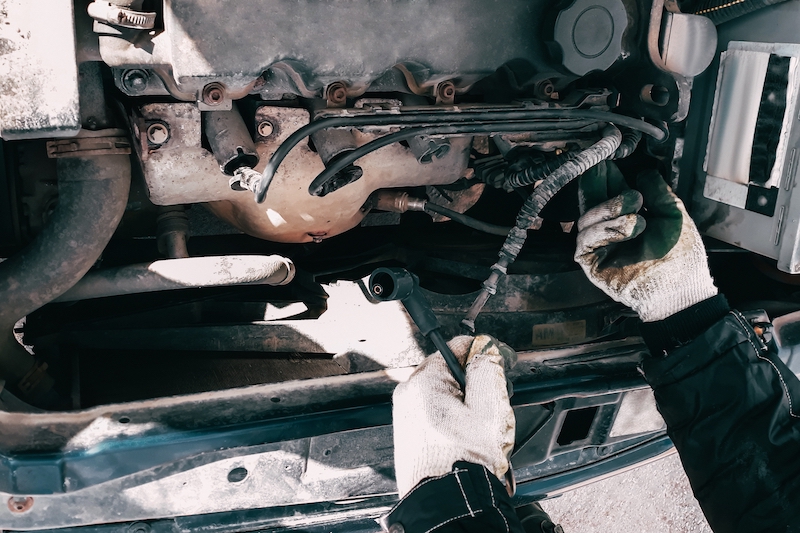
Advanced repairs involving alternators and starter motors demand precision and expertise. To diagnose alternator issues, you have to measure output voltage and check belt tension. Addressing starter motor problems involves scrutinising solenoids and other worn-out components.
When replacing alternators, you need to carefully handle the electrical connections and ensure proper mounting. For starter motor replacement, you’ll need to pay close attention to the intricate details for a smooth engagement.
Mastering these advanced repairs ensures that the heart of your car’s electrical system functions optimally, sustaining reliable performance. You have to be proficient when handling alternators and starter motors. This ensures a robust and enduring electrical foundation for your vehicle.
To Efficiently Repair Car Electrical Systems, Choose Online Automotive’s Car Parts
Looking to fix your car’s electrical issues? Our car parts can help!
At Online Automotive, we offer a comprehensive selection of high-quality replacement parts, carefully curated to meet your repair needs. Our competitive prices also ensure that you get the best value for your money.
With expert product descriptions and responsive customer support, we strive to make your shopping experience seamless. Trust us to be your reliable partner in the world of DIY car repairs, ensuring that your journey is convenient and hassle-free.
Explore our range of products and get in touch with us today!




